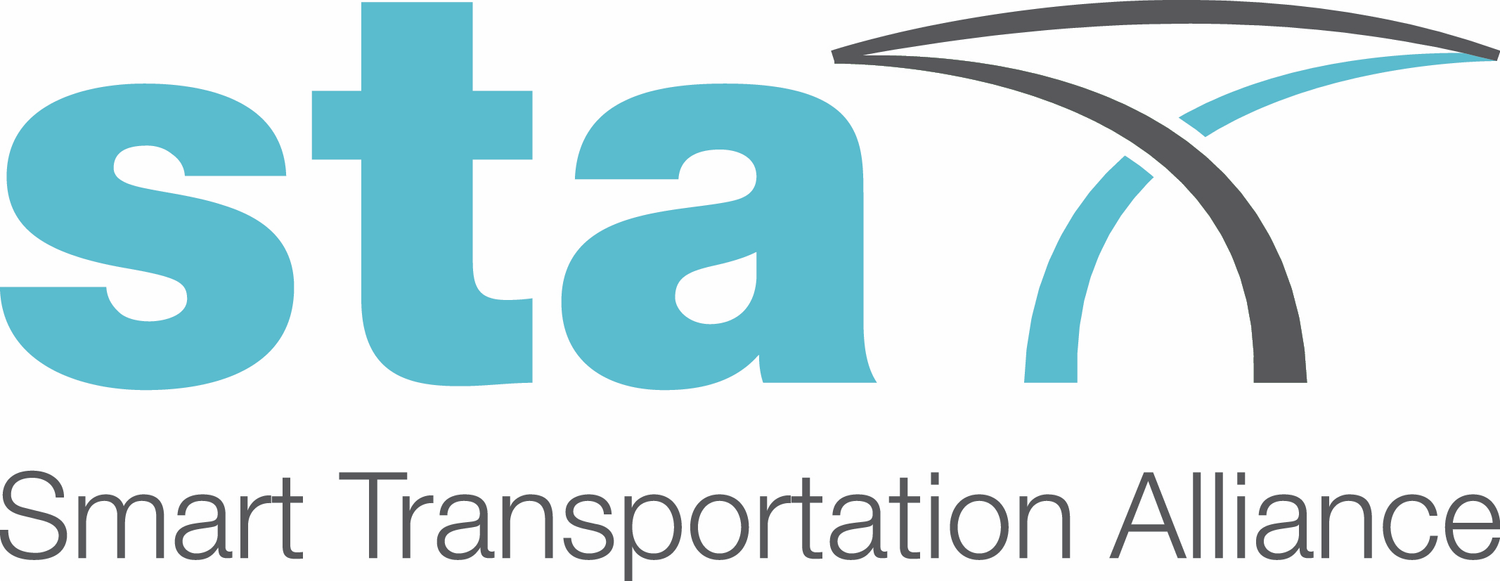STA SMART TALKS WITH ELENA DE LA PEÑA: UNLOCKING EU TAXONOMY FOR TRANSPORTATION INFRASTRUCTURES
STA is thrilled to kick off 2024 with the latest, third episode of the STA Smart Talks!
STA President & Host Dr José F. Papí invites Dr Elena de la Peña (Deputy Director for Technical Affairs at the Spanish Road Association (AEC) & Chair Smart Mobility (TC1) of STA for an enlightening discourse, unlocking the most debated topic currently unfolding in the European sustainable finance space, the EU Taxonomy and how it will affect transportation infrastructures.
Following the STA Discussion Paper “Transportation infrastructures in the EU taxonomy” authored by Dr De la Peña, with contributions from several other STA Members, clarifying how the new EU Taxonomy Classification system can steer Europe towards a more sustainable future for transport, in this episode of the STA Smart Talks Dr De la Peña focuses on the application of the EU Taxonomy for transportation infrastructures.
In short, the EU Taxonomy translates the EU environmental and climate objectives into criteria for specific economic activities to guide investments.
For this reason, the adoption of the EU taxonomy standards can be an effective tool for economic activities to meet the EU’s climate and energy targets for the European Green Deal. Regarding the transportation infrastructure sector, it is very important to mention that by following a greener path, the number of emissions is significantly decreased, and long-term sustainable economic development is guaranteed.
According to Dr De la Peña, going back in time, the Paris Agreement on climate change set the solid basis for the EU Taxonomy System in 2015, while the next remarkable framework was the European Green Deal in 2019, defining the climate-neutral policy for 2050. Moving towards the present, in 2023 the European Commission brings additional criteria in EU Taxonomy Regulation 2020/852 and 2021/2139.
it is important to identify how the EU Taxonomy affects transport infrastructures. A thorough analysis is provided on the six climate and environmental objectives and whether an economic activity is considered eligible or aligned with:0
Climate change mitigation
Climate change adaptation
Transition to a circular economy
Sustainable use and protection of water and marine resources
Pollution prevention and control
Protection and restoration of biodiversity and ecosystems
Regarding the last three objectives, by today there is no evidence of their relevance to transport infrastructure.
Eligible Vs Aligned Activities
An activity that contributes to at least one of the six environmental objectives of the Taxonomy, included in Delegated Regulations is considered eligible.
An activity can be considered environmentally sustainable - or aligned with the EU Taxonomy criteria if it makes a substantial contribution to one of six environmental objectives, and if it does not significantly harm any of the others.
Dr de le Peña calls attention to the construction sector especially small and medium-sized enterprises (SMEs) that they might face difficulties if their activities are not included in the taxonomy criteria.
Furthermore, she shares the four steps to be followed to assess alignment with the EU taxonomy: i) identify ii) assess iii) check and iv) apply.
While EU Taxonomy brings together environmentally sustainable activities, The Platform on Sustainable Finance is also working on the design of the design for Social Taxonomy in February 2022 under three fundamental objectives: i) respect for human rights ii) governance iii) adequate working conditions for all. According to Dr De la Peña, when Social Taxonomy and Environmental Taxonomy are fully developed, common ground in both frameworks will be found.
Six real case-study examples are provided to help us understand better the relation between the activities and the taxonomy objectives, through real concepts.
In conclusion, she highlights that STA welcomes the adoption of the EU Taxonomy, as it is a key tool in assessing any green supporting factors. However further analysis and clarification are required to identify organizations’ activities that contribute toward EU environmental objectives.
Watch the full episode below & unlock all the insights about the EU Taxonomy for transportation infrastructures.
Find available the STA Discussion Paper “Transportation infrastructures in the EU taxonomy” for an extensive analysis of the new EU classification system for the transportation sector.
Visit the dedicated section of the STA Innovation Awards and find the presentation Transportation Infrastructures in the EU Taxonomy, by Dr Elena de la Peña at the 2023 STA Annual Conference & Innovation Awards Proceedings.
Stay tuned for more and do not forget to subscribe to the ‘STA in Action’ Newsletter and be the first one to learn all updates on the path towards Smart Transportation Infrastructures.
Author: Eftychia Koliou (Smart Transportation Alliance)

